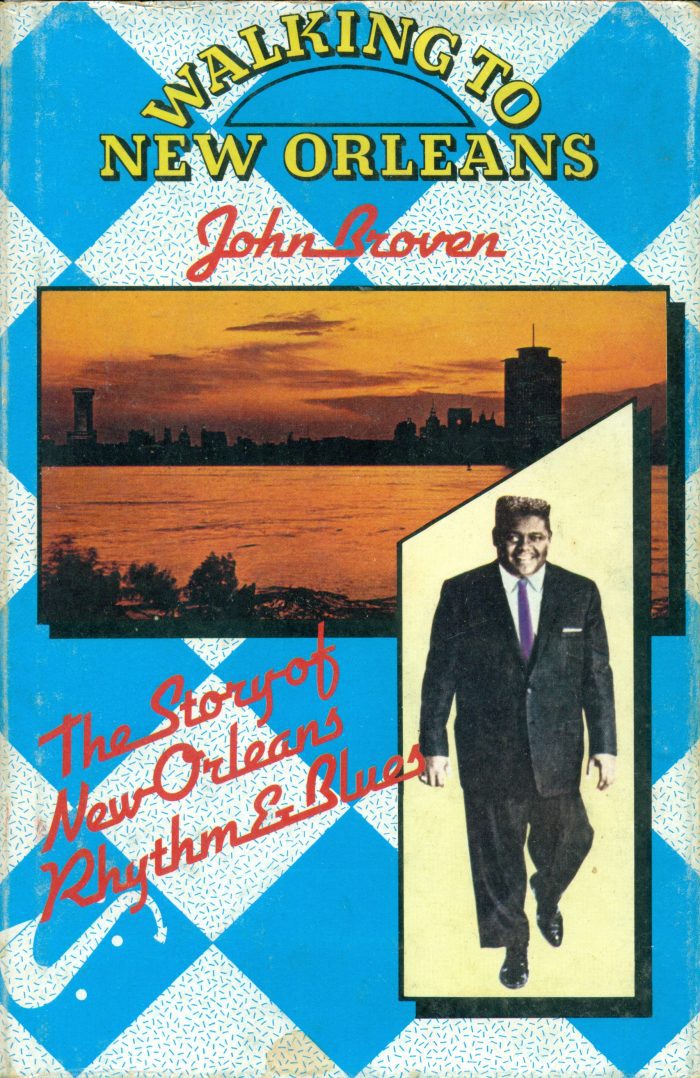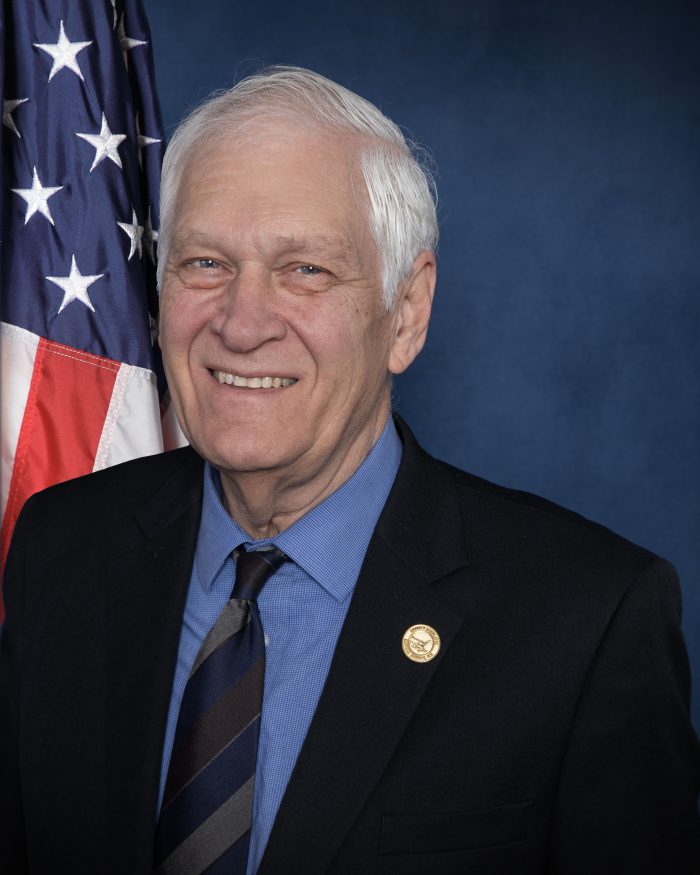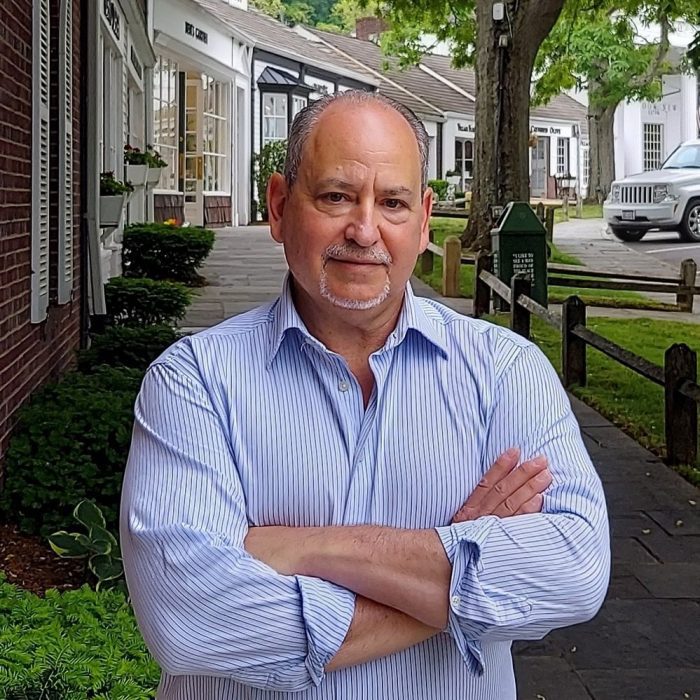By Steve Englebright
In the dark early morning hours of Aug. 19, almost 11 inches of rain descended like a cataract upon the central North Shore of Long Island. The storm then crossed into Connecticut where it killed two people and destroyed numerous bridges and roads.
The paved roads and impermeable surfaces within the catchment of Stony Brook Mill Pond caused it to immediately flood. This deluge then spilled over the top of that part of Harbor Road which capped the artificial earthen dam adjacent to the National Register of Historic Places-listed circa 1751 mill. Floodwater poured uncontrollably over the road, creating a thunderous curtain that plunged into the marine side of the dam, quickly and severely eroding its base. The dam failed, and the pond emptied catastrophically into Stony Brook Harbor.
The boundaries of two towns, one incorporated village and one hamlet all meet at this location. In the aftermath of this catastrophe, it is important for each of these governing units as well as all other elements of the community to quickly come together in support of a single plan of restorative action. Fortunately, President Joe Biden has heeded the call of local governments, including Suffolk County, to declare this site a federal disaster area. Much-needed federal dollars may now follow. This precious funding can be wisely utilized, presuming that everyone is cooperating. One of the challenges now before all of us is to find commonality and consensus. In particular, we must reconcile the interests of historic preservation and environmental protection so that they are aligned and mutually supportive within a thoughtfully engineered plan.
Some have wondered if it may be appropriate to leave the breached dam unreconstructed purposefully. Several threshold questions arise from this thought:
• Should we allow the recently unconstrained Stony Brook Creek to continue to flow freely and allow recovery of natural processes such as the breeding activities of the herring-like fish known as the alewife?
• What course of action would provide the greatest overall environmental benefit?
• Would the nationally significant cultural treasure that is the Stony Brook Grist Mill have diminished relevance without its historic impoundment?
Reasons for restoration
This author would argue strongly for restoration of Stony Brook Mill Pond for reasons that embrace both environmental and historic preservation purposes. These include:
• More than 90% of the Stony Brook Harbor is tidally-influenced salt water. Freshwater habitats within the harbor are rare and enhance its biodiversity. Prior to the dam’s breach, the largest surface freshwater feature of the entire harbor was Stony Brook Mill Pond. Allowing this scarce resource to remain permanently reduced would significantly subtract from this ecosystem’s vibrancy and health.
• The Stony Brook Mill Pond Basin uniquely joins Main Street with the Avalon Preserve — arguably the finest nature center in New York state. This geographic juxtaposition created a remarkable outdoor education classroom that enabled thousands of children and families to directly experience nature. It would be most unfortunate to compromise or lose the open water and aesthetic appeal of this site which could, if restored, continue effectively to foster for each next generation an ethic of learning and respect for the environment.
• The Mill Pond helped keep the Stony Brook Harbor clean. This relatively-unspoiled harbor’s water chemistry was maintained, in part, by the fact that the Mill Pond acted as a sediment trap and contaminant settlement basin that intercepted substances in road runoff that would otherwise have flowed directly into the harbor.
• The continued existence of two significant rookeries on the edge of Stony Brook Mill Pond featuring, respectively, cormorants and herons would be uncertain if the pond is not restored.
• While some fish species, such as alewife, might theoretically benefit from a free flowing Stony Brook, it is unknown if this site would support a significant run for such fish.
• Suffolk County’s largest industry is tourism, and Stony Brook Mill Pond and Grist Mill combine to create a major magnet attracting and welcoming visitors to Old Stony Brook and its vicinity. Any decision to delay reconstruction of the Mill Pond dam could compromise the sense of place of Old Stony Brook. Loss of these landmarks in pursuit of limited or speculative environmental improvements could create significant community resentment, which would only detract from other preservation efforts
Reconstruction of Harbor Road and Mill Pond dam
It is useful to note that the dam at the north end of Setauket’s Frank Melville Memorial Park was subjected to the same storm event and did not rupture. The apparent reason for this is because that dam is armored with cement on its seaward side. Reconstruction of Harbor Road at Stony Brook Mill Pond should proceed expeditiously and be built in like kind to what was there previously except that the reconstructed dam should be armored on its seaward-side in a manner similar to the construction of its sister site in the Frank Melville Memorial Park.
We are fortunate that this event did not cause loss of human life, and that our volunteer first responders were unharmed. Another takeaway from this catastrophe is that its effects would have been worse if the proposed extensive construction of impermeable surfaces already existed on three large properties in the immediate watershed area, i.e., Flowerfield, Bull Run Farm and a former private school.
This ruinous flood should be a wake-up call for planners as they consider these and other intensive development proposals within the immediate watershed of Stony Brook Harbor and its Mill Pond. Going forward, this recent flood event should be top of mind — land use decisions here should reflect awareness, restraint and caution. Although we can hope that the unusual storm that eroded the Mill Pond dam at its base is not a new normal, exceptionally destructive weather events are occurring much more frequently than in the past. A similar torrential flood could occur at any time.
We should restore Stony Brook’s historic Mill Pond and, by extension, also preserve that extraordinary harbor and its namesake community.
Steve Englebright (D-Setauket) is the Suffolk County legislator for the 5th Legislative District and a former New York State Assemblyman.
















